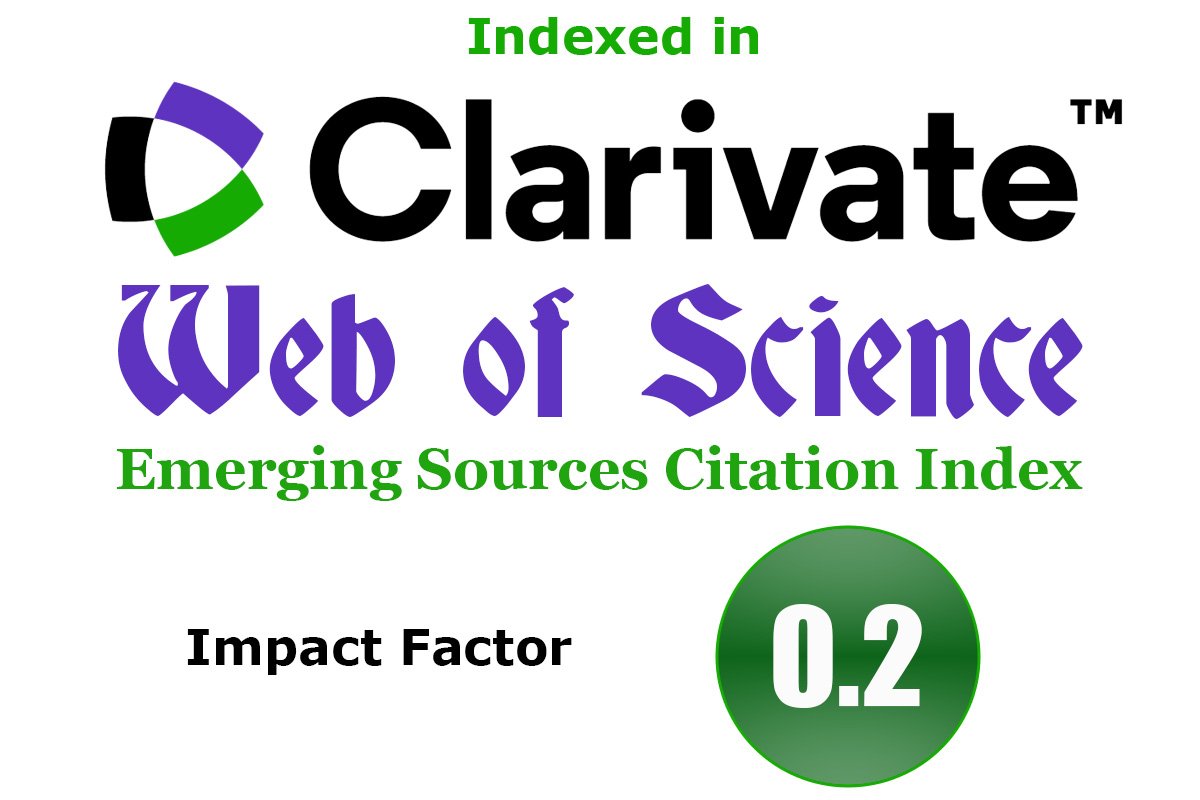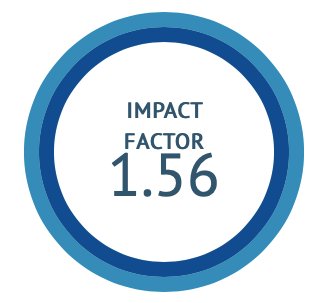Formulation, Characterisation and In Vitro Evaluation of Herbosome Sunscreen Lotion
DOI:
https://doi.org/10.47552/ijam.v16i1.4803Keywords:
Herbosome, Sunscreen, SPF, Standardisation, EncapsulationAbstract
Introduction: The global market for sunscreen ingredients is rising day by day. Herbosomes are essentially the substance encapsulated in liposomes, which are tiny vesicles with a lipid bilayer. The benefits lie in the enhanced bioavailability and targeted delivery of the active ingredients.
Material and Methods: Herbosomes were prepared by using aloe vera and resveratrol in various ratios against phosphotidylcholine. Herbosomes of aloe vera and resveratrol were incorporated into the lotion. Two formulations, F1 and F2, of herbosome lotion were prepared.
Results and Discussion: This study set out to develop and standardize herbosomal sunscreen lotion that has a significant sun protection factor and enticing qualities. The sunscreen lotions F1 and F2 were developed using two distinct ratios of aloe and resveratrol, and their physicochemical properties and SPF were also assessed. Herbosme lotion thus formed was evaluated for visualization, homogeneity, viscosity, irritancy test, spreadability, and pH. The efficacy of the developed formulation, which possesses SPF in the range of 19 to 23, when tested with a standard, was observed to be satisfactory to that of a marketed sunscreen with SPF 55.
Conclusion: In this research study, formulation F2 was found to have a higher SPF and be more stable and effective than formulation F1
Downloads
Published
How to Cite
Issue
Section
License
Copyright (c) 2025 International Journal of Ayurvedic Medicine

This work is licensed under a Creative Commons Attribution-NonCommercial-ShareAlike 4.0 International License.
The author hereby transfers, assigns, or conveys all copyright ownership to the International Journal of Ayurvedic Medicine (IJAM). By this transfer, the article becomes the property of the IJAM and may not be published elsewhere without written permission from the IJAM.
This transfer of copyright also implies transfer of rights for printed, electronic, microfilm, and facsimile publication. No royalty or other monetary compensation will be received for transferring the copyright of the article to the IJAM.
The IJAM, in turn, grants each author the right to republish the article in any book for which he or she is the author or editor, without paying royalties to the IJAM, subject to the express conditions that (a) the author notify IJAM in advance in writing of this republication and (b) a credit line attributes the original publication to IJAM.




